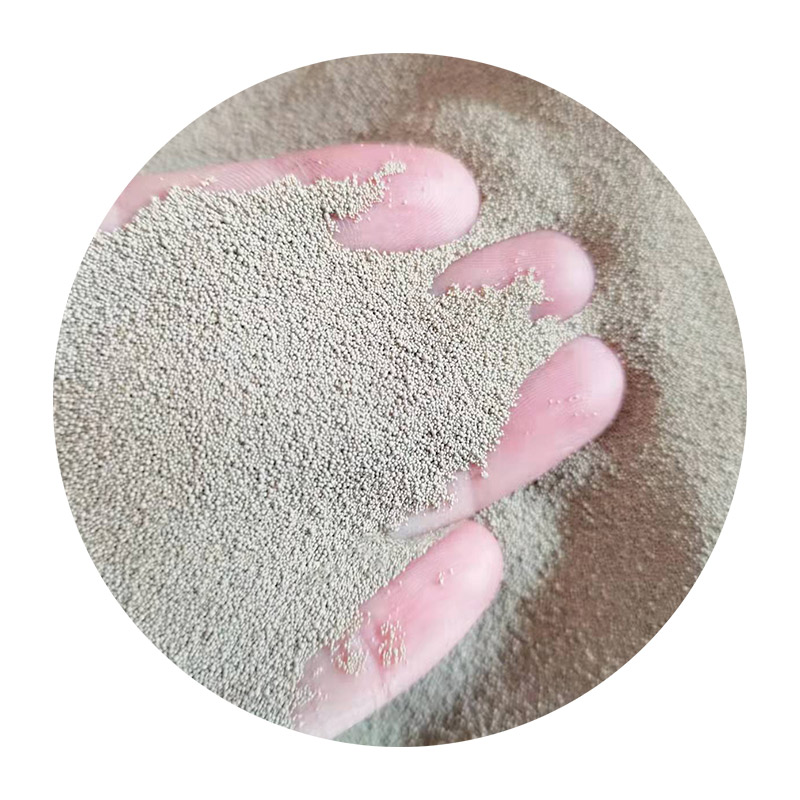The Versatility and Durability of Sand Cast Iron
Sand cast iron is a widely used material in various industries due to its remarkable properties, ease of manufacturing, and cost-effectiveness. This form of cast iron is created through a sand casting process, where molten iron is poured into a sand mold to solidify and take shape. The versatility of sand cast iron makes it an ideal choice for numerous applications, ranging from automotive and machinery components to decorative and artistic items.
One of the primary reasons for the popularity of sand cast iron is its excellent mechanical properties. It possesses high tensile strength, which enables it to endure significant stress without deformation. Additionally, sand cast iron exhibits excellent wear resistance, making it suitable for components that experience friction or abrasion. This is particularly important in automotive applications, where engine blocks, crankshafts, and gears are subjected to immense forces. The durability of sand cast iron allows these components to withstand harsh operating conditions, thereby ensuring longevity and reduced maintenance costs.
Furthermore, sand cast iron is known for its exceptional castability. The sand casting process allows for complex shapes and intricate designs to be created with relative ease. Manufacturers can produce large quantities of components with high precision, accommodating both small-scale and mass production needs. The flexibility of the sand casting process also enables the incorporation of various alloys and additives to enhance specific properties. For example, the addition of silicon can improve fluidity during casting, while nickel can enhance corrosion resistance.
sand cast iron

In addition to its technical advantages, sand cast iron is also valued for its cost-effectiveness. The raw materials required for sand casting are relatively inexpensive, and the process itself allows for minimal waste. This makes it an economically viable option for manufacturers looking to produce high-quality components without incurring excessive costs. Moreover, the ability to recycle sand after the casting process further enhances its sustainability, making it an environmentally friendly choice.
However, like any material, sand cast iron does have its limitations. Its brittleness can be a concern in applications where impact resistance is critical. Manufacturers must therefore carefully consider the specific requirements of their projects and may opt for other materials or treatments to mitigate this issue.
In conclusion, sand cast iron is a versatile and durable material that plays a crucial role in various industries. Its excellent mechanical properties, exceptional castability, and cost-effectiveness make it a preferred choice for many applications. As technology advances, the sand casting process continues to evolve, allowing for even greater innovation and efficiency in the production of cast iron components. With its blend of durability and versatility, sand cast iron will likely remain a cornerstone in manufacturing for years to come.
Post time:Қар . 29, 2024 23:09
Next:sanding glazed ceramics
